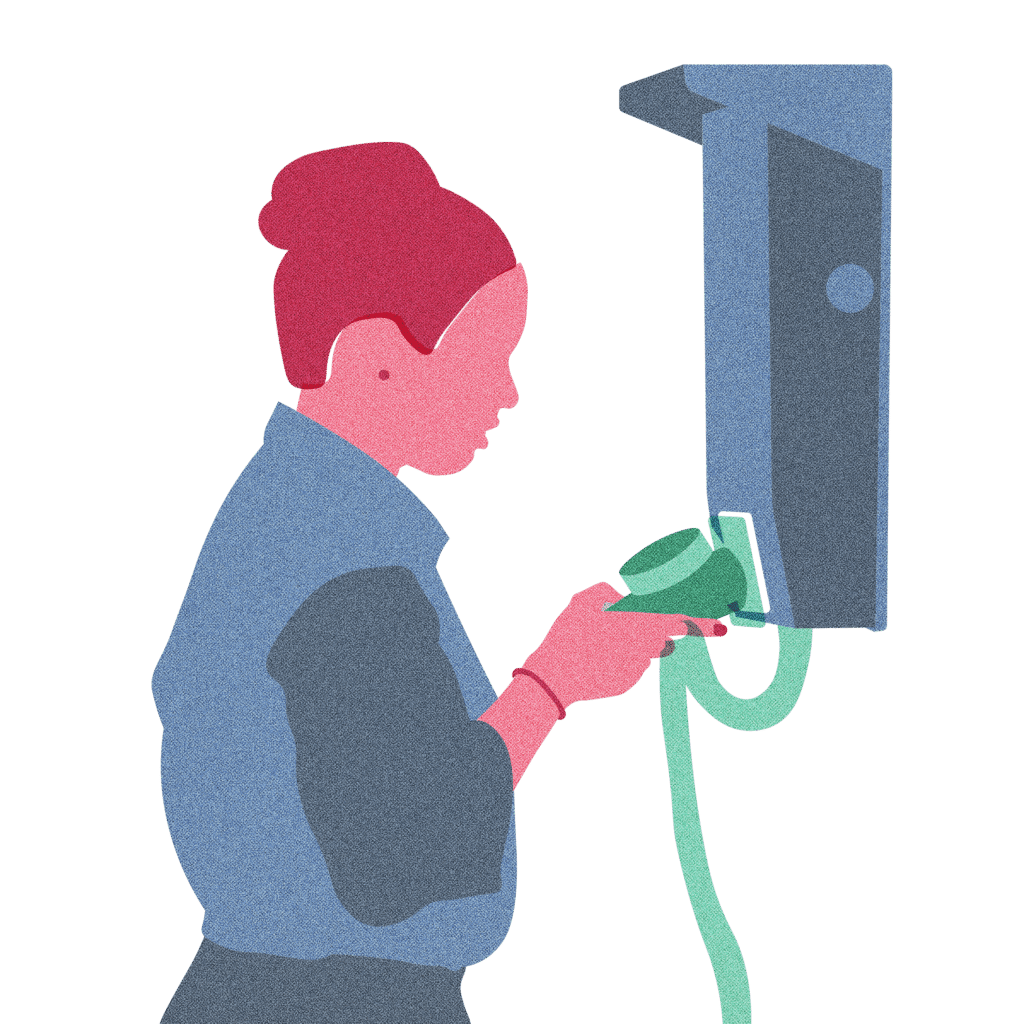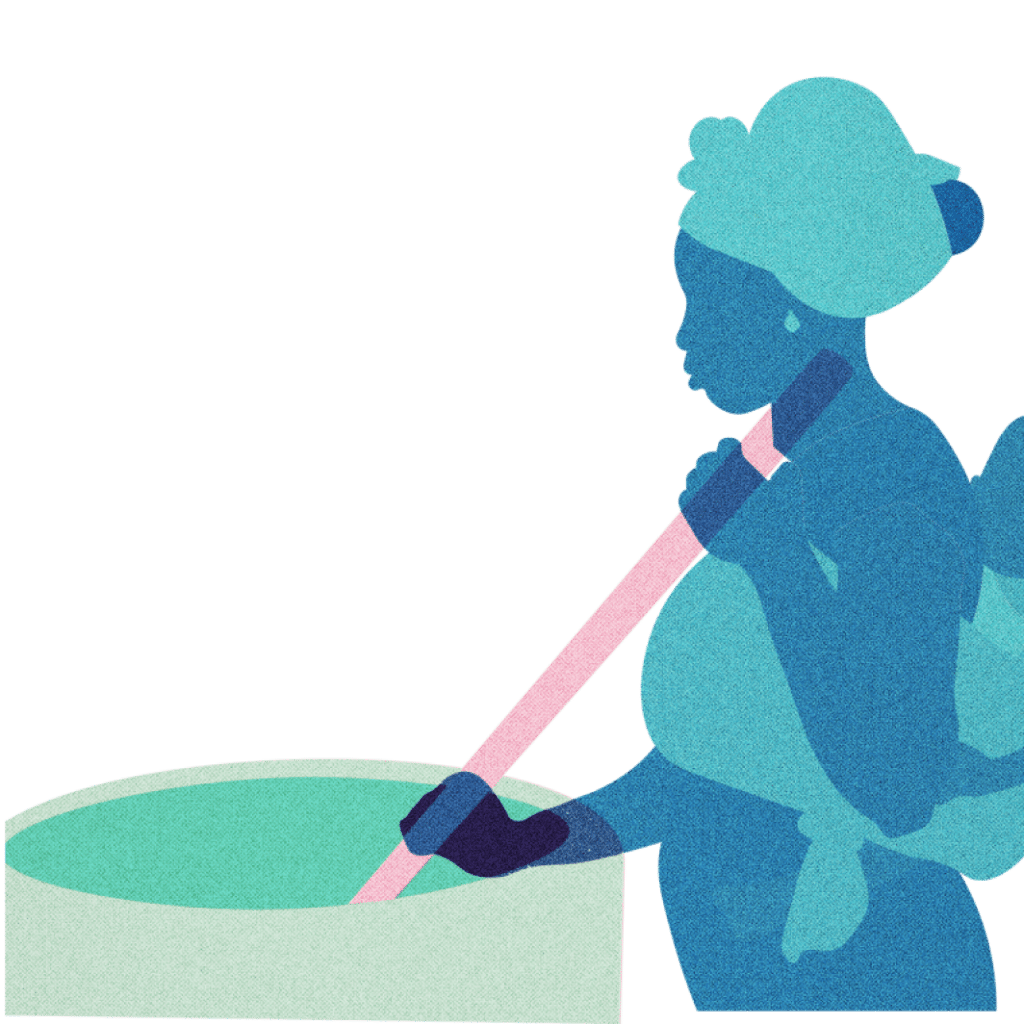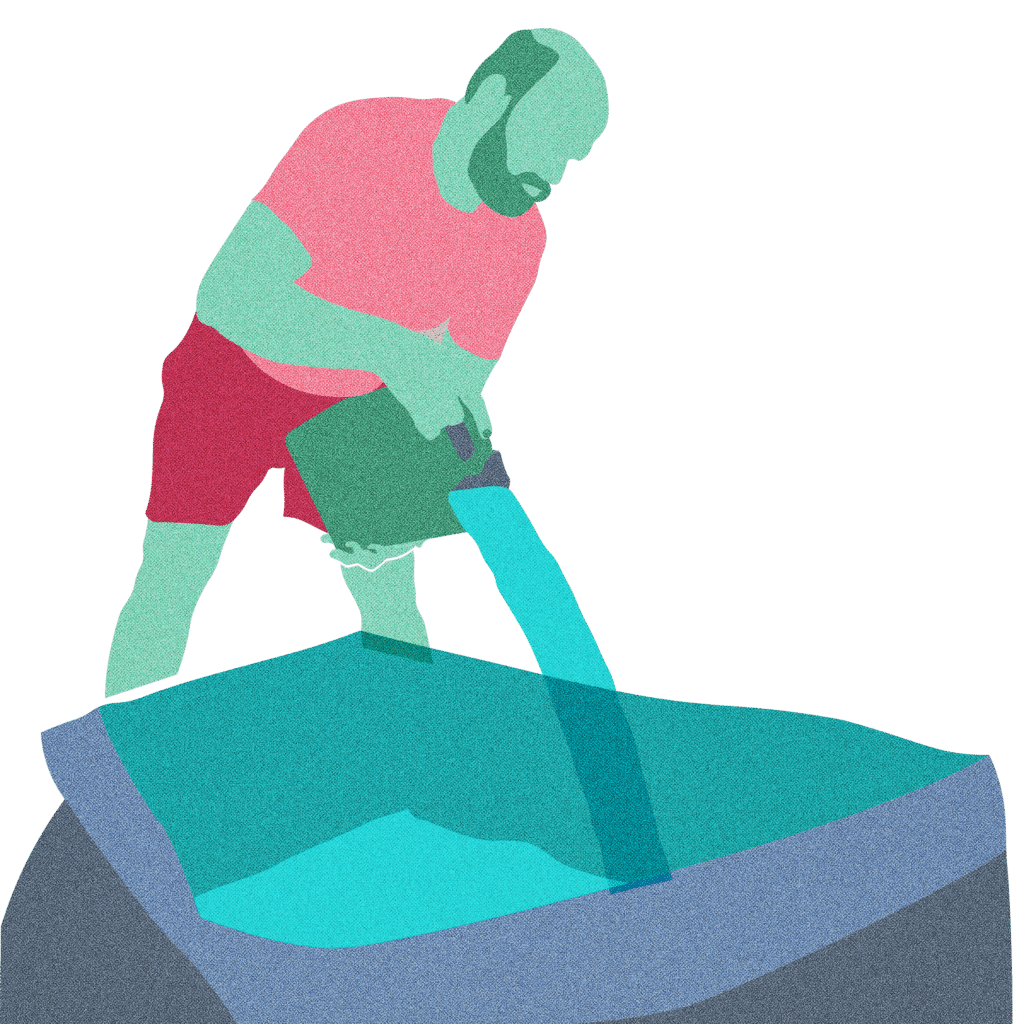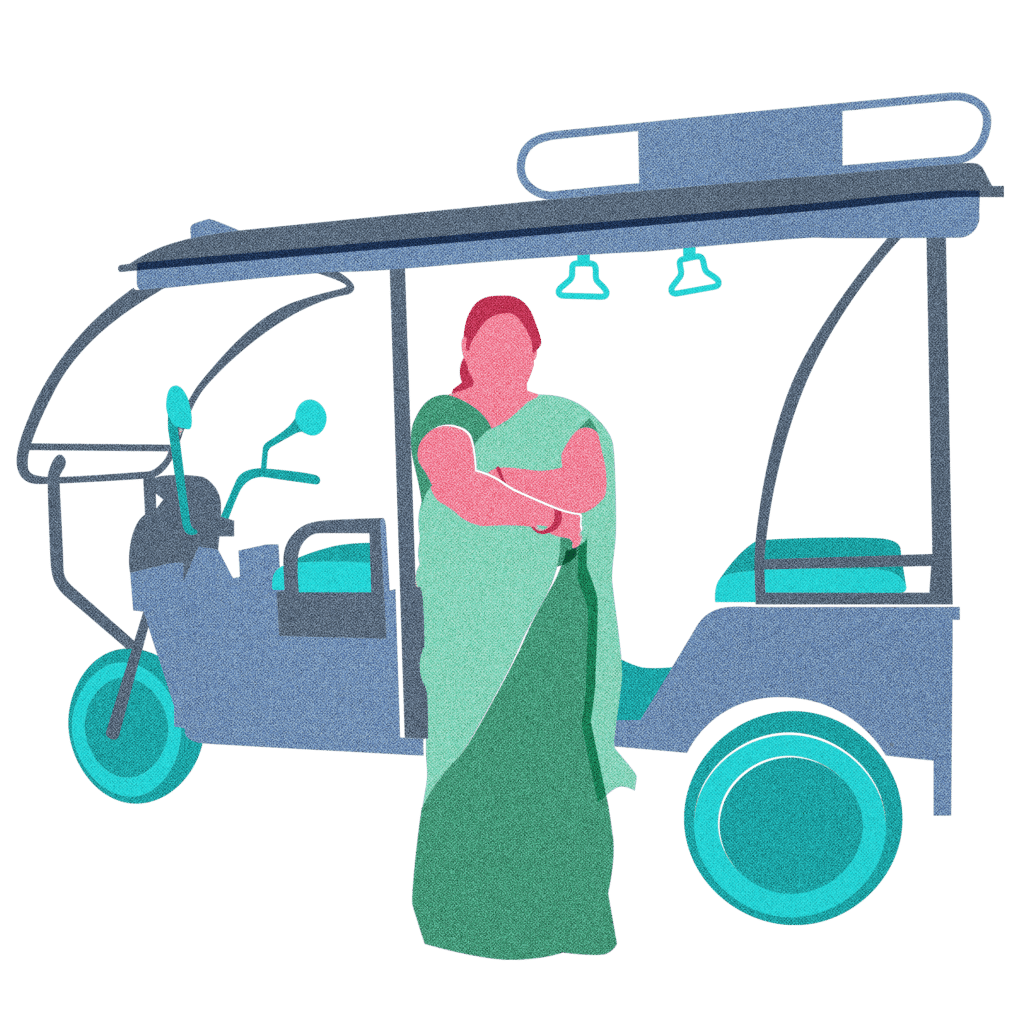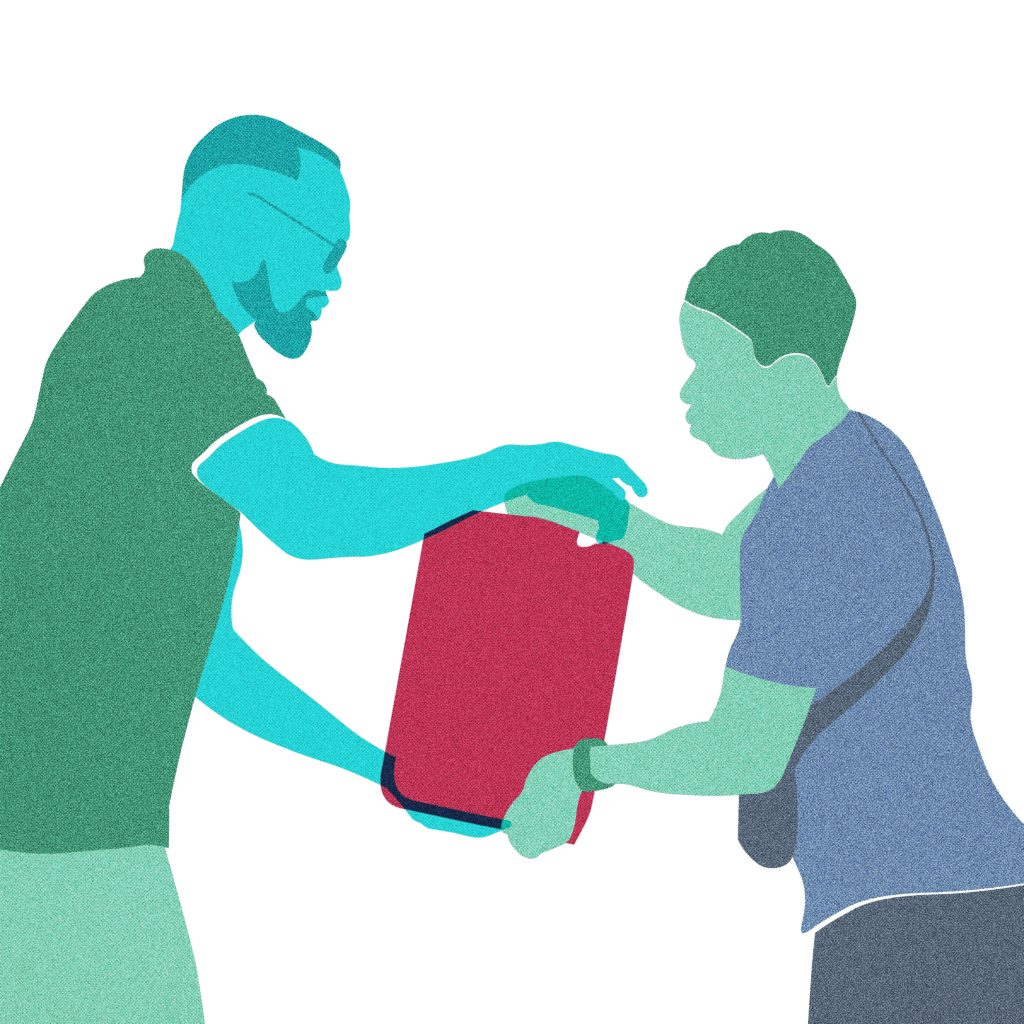Lighting the way for women: How sustainable energy SMEs are adopting new strategies to build gender-inclusive sales teams
Clean energy represents one of the fastest growing sectors today. A 2017 report by the Energy Information Administration highlighted that for the first time in the United States, wind and solar accounted for 10% of all electricity generation in the country[1]. According to the International Renewable Energy Agency (IRENA), 9.8 million people are employed in the global renewable energy sector – a statistic that has steadily increased since 2012[2] . Renewable energy is expected to represent the “largest single source of electricity growth over the next five years” globally[3]. Household and consumer benefits that come from the use of renewable energy products include saving both time and cost, and the rapidly evolving sector also offers great potential for continued job creation and growth.
This industry is uniquely positioned to reach untapped markets, meet customer needs, and simultaneously drive social impact. Many clean energy companies focus on creating products that serve low-income populations that are often concentrated in rural areas with limited access to energy, such as solar lanterns, home lighting systems and clean cookstoves.
This rapidly growing industry also presents a unique opportunity to create economic participation and empowerment opportunities for women. This can have both financial and social benefits for the women themselves, as well as for the energy businesses. The key to unlocking this opportunity is for businesses to recognise the diverse ways that they can include women, acknowledging gender barriers in the field, and addressing them through efforts such as supporting women entrepreneurs, providing equal access for women to training and by promoting access to jobs.
While most CEOs and key decision-makers in clean energy companies understand that gender is important, few invest in their own efforts to hire or retain women. This is true even when the business is selling largely to women consumers. Competing priorities combined with the limited data that ties gender inclusion efforts to business performance holds decision-makers back from committing the time and effort required to adopt gendered approaches. This holds true even in cases where evidence shows that women perform well in company operations. In fact, women sales agents in clean energy enterprises have been found to have higher sales performance than their male peers, along with a greater ability to form and leverage relationships in local communities toward that end. A study of male and female entrepreneurs in the clean cookstove sector found women entrepreneurs sold nearly three times as many cookstoves as men[4] .
If there is growing evidence that demonstrates the benefits of including women in business practices, why do many enterprises lack gender strategies in their operations? And why is this challenge magnified at the small-and-medium enterprise level?
These are some of the questions that Shell Foundation, an independent UK-based charity, and Value for Women set out to address this year under a pilot programme titled “Gender Inclusion Strategies for Clean Energy Small and Medium Enterprises”. This initiative has been designed to test the business impact of gender inclusion strategies with energy enterprises, as a key door-opener to the gender conversation. The year-long pilot has unlocked early findings which will continue to be explored in the coming two years as part of this deepening partnership. The ultimate goals are to determine which strategies can be easily adopted and scaled with enterprises, while simultaneously presenting evidence and data to support the business case for gender inclusion.
Shell Foundation’s partners have shown that women play a critical role in marketing, selling and distributing energy products. Based on this, diverse approaches have been designed and tested in various areas of business operations. These areas include sales, marketing, customer service and market research, among others. Early learnings illuminate the impact and potential impact these strategies can have on energy enterprises – in particular, those operating with a women-led direct salesforce.
Despite the fact that every business faces challenges unique to their model of operation, many struggle to determine the right formula for sales. Most of the enterprises assessed for this pilot expressed a particular challenge related to sales and also pointed to this area of business operations as a priority for applying gender-focused solutions.
For example, many use a direct salesforce to reach consumers, especially in rural areas or areas where online technology is not prevalent. In these contexts, a strong, direct sales team is often the key to a business’s success. A growing number of enterprises are recognising women’s talent for sales and are building their teams to reflect this. In order to address the needs of enterprises that are struggling with their direct sales team performance, technical assistance from Value for Women was offered, towards understanding the specific challenges and co-creating solutions. As a result, each enterprise was provided with tailored support to determine, test and measure unique strategies aimed at improving and enhancing overall business performance, while integrating a gender lens.
This pilot programme is revealing that diverse, small and medium-sized energy companies with diverse structures are facing some common challenges with their direct sales teams. Reasons for sluggish sales seem to be falling into three key areas:
- Recruitment: Some enterprises use a concept that each sales woman is an entrepreneur, however the reality facing some businesses is that not every woman hired has the existing skills, either formal or informal, to be independently successful as an entrepreneur in a challenging sales role. Finding qualified sales representatives, or candidates who have the business skills and experience required to succeed in these roles, is challenging. Additional time and attention can be paid to seeking out talented women sales representatives that standard recruiting techniques may fail to reach.
- Mobility: In some contexts, women’s mobility is limited to their homes, communities or villages due to cultural norms, behaviours and attitudes that can often restrict women’s movement. Physical or geographical limitations to any agent has obvious impacts on their sales performance potential.
- Incentives and Retention: Many enterprises use a model which requires their salesforce to buy their own demonstration products. For women with a low income, this purchase is difficult – and might prevent them from being successful in their sales efforts. Commission-based remuneration structures also affect women who are already overly-taxed for time and funds. If a woman is not able to quickly meet her sales goals and earn her commissions, a sales job may rapidly become less of a priority compared to immediate needs at home or in the family which compete for her attention. As a result, turnover rates of as much as 20-30% for women-led sales teams have been seen in businesses participating in this programme.
Despite that many enterprise face common challenges, it’s clear that each business requires a solution which is right for their own sales team and business needs – and that these solutions will differ from organisation to organisation.
The tailored technical assistance that was provided took into account key factors related to the type of businesses, geography, sector, or stage of growth, and Value for Women developed tailored solutions to fit each business’s needs. This has ensured that the solutions being designed and tested are relevant and applicable to each business and a core part of vision and value proposition. For the direct salesforce challenges, two sets of strategies were developed for the organisations with a majority of women in their sales teams, and each is currently being tested for business and social impacts.
- An initial analysis of a business selling high-value products revealed that the cause of low performance was due largely to core company hiring practices. The business had recruited and hired based on the belief that anyone could be a successful direct sales representative with enough training. Experience has shown however that agents with prior experience in similar sales roles are more likely to have success in selling high-end products. Our assessment concluded that revising the recruitment process to reach more highly-skilled candidates and developing a competitive compensation package in order to attract and retain sales people from other high-end sales sectors is needed.
- The solutions being tested: Our programme is piloting diverse ways for the business to recruit, hire, train and compensate women direct sales representatives. It is testing if sales representatives with a higher level of experience and qualifications do in fact have greater sales, and if retention rates improve as a result.
- Early results: While performance and retention are being tested, some early learnings have shown that after completing the new recruitment and training process tested under the pilot, the organisation was able to recruit and fill 100% of their sales roles by women, dispelling a pre-existing belief that recruiting highly skilled and experienced women is a challenge.
A participating enterprise selling low-end consumer energy products felt that sales per agent could be increased, but were unsure where potential opportunities for increasing sales were. The analysis revealed that in some geographic areas and cultural contexts, women’s ability to travel and move freely is discouraged or even restricted due to cultural norms that define behaviours expected for women and men. The hypothesis was that this adherence to cultural norms can limit not only freedoms, but also the number of potential customers that women sales agents can reach compared to their male counterparts. Additionally, many women sales agents do not have the personal funds necessary to invest in purchasing the demonstration products they need to be effective in maximising their opportunities for sales.
Two solutions are being testing to address these challenges:
- The enterprise is testing new, alternative sales strategies that focus on mass demonstration at strategic public locations, versus the traditional methods of selling within a sales agent’s village or community, and/or via a door-to-door model;
- The business is selecting a limited number of women sales representatives who receive demonstration kits of the products they sell, to test for increases in sales.
Early results: While the pilots are still young, results to date have been extremely promising. A comparative analysis of the data thus far has shown that overall sales performance of women agents utilising these two new strategies during the first two weeks of the pilot, were equal to that of sales made by women agents during the previous three-month period, indicating these sales methods may have greater effectiveness in the hands of women sales agents. Thus, while these approaches continue to be tested, benefits are already noted for the business and for the income generating potential for women in these roles.
This pilot initiative demonstrates that there are significant opportunities for businesses seeking to be gender inclusive in their sales teams, and for tapping into the advantages of a majority women salesforce. It also demonstrates that the solutions to business challenges do not always need heavy investment – rather creative thinking and hands-on, tailored solutions.
While these and many other gender approaches are being tested by Shell Foundation and Value for Women, information and research gaps still exist. These include the long-term impact of women in clean energy sales roles, as well as research about the financial and social well-being that these roles have on women.
In order to better understand which gender inclusion strategies will work best for clean energy businesses and for women, both investors and businesses can demonstrate their appetite to test out new ideas, as well as patience in order to determine if positive results will be sustained over time.
In the coming years, investors and enterprises can remain alert to innovation and open to new ideas – necessary to keep up a competitive advantage in the rapidly growing sustainable energy sector. Gender inclusion is one way in which businesses can continuously stay ahead of the curve. The evidence is increasingly clear: a strong salesforce is one where women are at the forefront. As our forthcoming report in January 2018 will detail, by assessing sales teams and operations with a gender lens, clean energy businesses will only serve to increase their opportunities for identifying and addressing challenges, and turn them into opportunities.
[1] US Energy Information Administration, 2017
[2] IRENA, Renewable Energy and Jobs: Annual Review 2017
[3] International Energy Agency: Medium-Term Renewable Energy Market Report 2015





